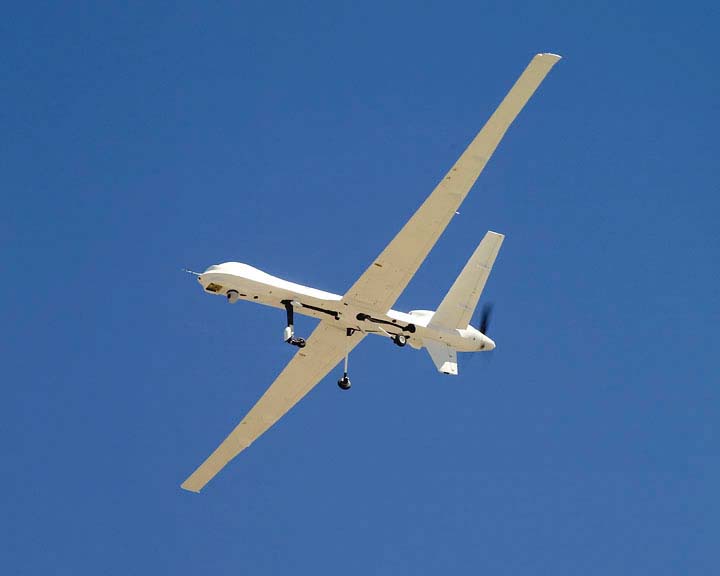ICAMS
Interagency Council for Advancing Meteorological Services
UTILIZATION OF UNMANNED AIRCRAFT SYSTEMS FOR ENVIRONMENTAL MONITORING EXPLORATORY MINI-WORKSHOP SUMMARY REPORT
Unmanned Aircraft Systems Coordination for Maximum societal benefit

To view the PDF files on this page, Adobe Acrobat Reader is needed. Click on the following link to go to Adobe's website, https://get.adobe.com/reader/.
Utilization of Unmanned Aircraft Systems for Environmental Monitoring
This 2011 Exploratory Mini-Workshop, led by the Office of the Federal Coordinator for Meteorological Services and Supporting Research (OFCM), examined the use of unmanned aircraft systems (UAS) for meteorological operations, services, and research. OFCM convened this group in response to a growing interest in the meteorological operational and research communities' use of UAS technologies and solutions to address difficult environmental monitoring issues.
It is clear that technology has progressed to the point where UAS should be considered a viable approach to accomplish a wide variety of environmental monitoring missions. They are particularly appropriate for those “dull, dirty, denied, or dangerous” applications not well suited for manned aircraft.
Other key takeaways include:
- The development of UAS capabilities and programs within agencies should be approached from a “Program of Record” point of view and consider full life cycle costs.
- The majority of life-cycle costs are incurred during the operation and maintenance phase of the program. “Hobby-shop” approaches are not viable for long-term mission satisfaction.
- UAS technologies are adaptable for a wide variety of missions and transferable between organizations. There’s no need to reinvent a system when you can leverage the investment already made by other agencies. The DOD can be a particularly useful partner for leveraging technology, systems, procedures, etc.
- The need for interagency communication and transparency is paramount. Numerous UAS activities that have taken place, are in-progress, or are planned can benefit other organizations.
- The Federal agencies must present a coherent, coordinated approach to the development and utilization of UASs in order to mutually support UAS initiatives and programs. This must fit within an overall construct of all unmanned systems (including ground, sea surface, and undersea systems) for environmental monitoring.
- A number of challenges to the implementation of UAS solutions for environmental monitoring exist including routine access to the National Airspace System (NAS), UAS infrastructure and support, interagency/international coordination, and data and system standards.